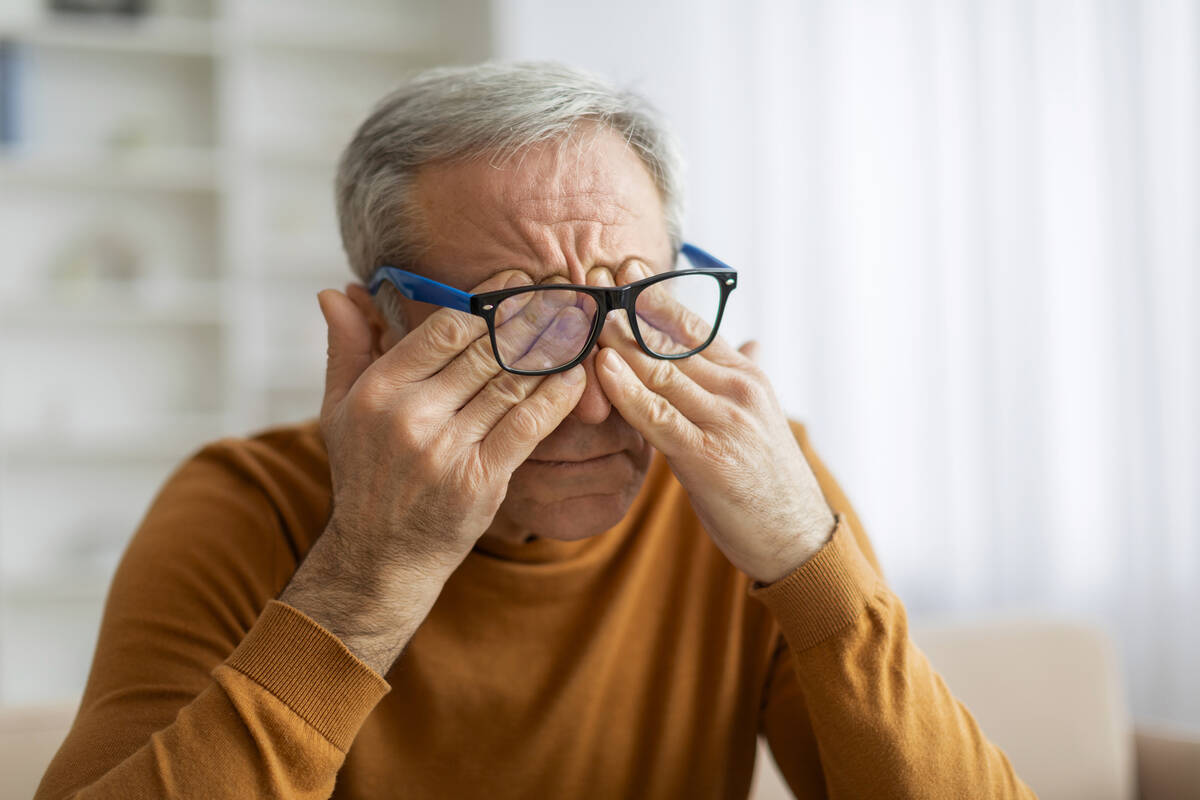Always tired? This syndrome might be causing your drowsiness
Dear Savvy Senior: What can you tell me about restless leg syndrome? Over the past year or so, I’ve developed an uncontrollable urge to move my legs because of an annoying tingling sensation, and it’s keeping me awake at night. —Always Tired
Dear Always Tired: If an irresistible urge to move your legs has you kicking in your sleep, then chances are pretty good you have restless leg syndrome,or RLS, a condition that affects about 8 percent of Americans. Here’s what you should know.
RLS, also known as Willis-Ekbom disease, is a nervous system problem that causes unpleasant or uncomfortable sensations (often described as a creepy-crawly, tingling, itching, aching throbbing, pulling or electric feeling) and an irresistible urge to move one or both legs while you’re sitting or lying down, and the symptoms usually get worse with age. It typically happens in the evenings or nights while resting. Moving eases the unpleasant feeling temporarily.
While RLS is not a life-threatening condition, the main problem, other than it being uncomfortable and annoying, is that it disrupts sleep, leading to daytime drowsiness, difficulty concentrating and even depression.
What exactly causes RLS is not known, but researchers suspect it could be linked to several things, including iron deficiency, an imbalance of the brain chemical dopamine and genetics — about 60 percent of people with RLS have a family member with the condition.
Treatments
While there’s no cure for RLS, there are things you can do to alleviate the symptoms. The first line of defense is usually to avoid certain substances, such as alcohol, caffeine, nicotine and refined sugar, which can aggravate the problem.
Certain drugs, including anti-nausea drugs, anti-psychotic drugs, some antidepressants, and cold and allergy medications containing antihistamines can also make RLS worse. If you take any of these medications, ask your doctor or pharmacist if something else can be taken.
Iron and magnesium deficiencies are also believed to be contributors to RLS, so make an appointment with your doctor and get a blood test to check for this. If you test positive for iron or magnesium deficiency, your doctor may recommend supplements.
You may also benefit from self-care treatments such as leg stretches and massage, hot baths or applying hot or cold packs. Pressure can also be effective, so you may want to try wearing compression socks.
Moderate exercise such as walking, cycling, water aerobics and yoga can relieve symptoms, but overdoing it or exercising late in the day may intensify them.
Medications
If those tips don’t help, there are various medications your doctor can prescribe, including:
Anti-seizure drugs: These medications affect nerve cell activity to reduce symptoms. Examples include enacarbil (Horizant), gabapentin (Neurontin) and pregabalin (Lyrica).
Dopaminergic medications: These drugs, which are taken before bedtime, work by increasing dopamine, a chemical in the brain that helps reduce RLS. Examples are ropinirole (Requip), pramipexole (Mirapex), and the transdermal patch rotigotine (Neupro). Taken short term, these drugs are effective. However, long-term use can make symptoms worse.
The anti-seizure medicines have become a first-choice drug treatment option for most doctors because they seem to be as effective as the dopaminergic medications with fewer side effects.
For more information, visit the Restless Legs Syndrome Foundation at RLS.org.
Send your senior questions to: Savvy Senior, P.O. Box 5443, Norman, OK 73070, or visit SavvySenior.org.


















